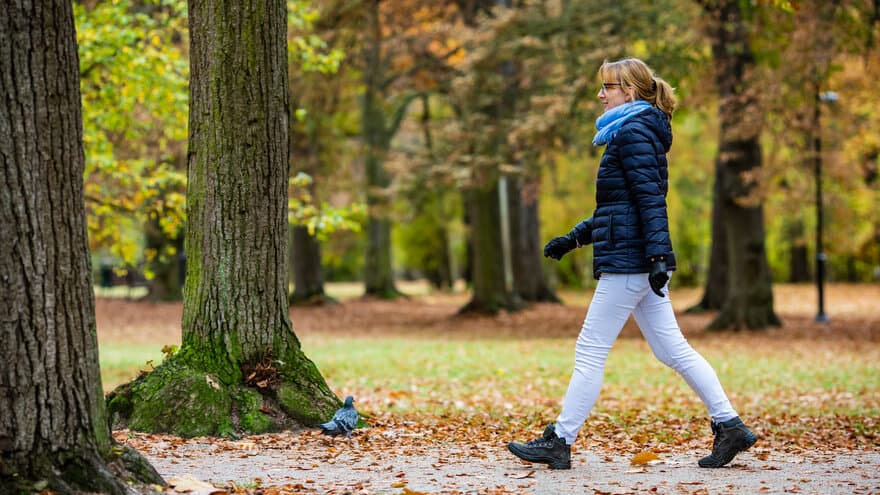New study combines the use of field and Virtual Reality experiments to evaluate safety measures in green space management and perceived safety.
Access to safe, green urban environments is important for quality of life in cities. A new study explores the impact of a safety-enhancing landscape design measure on visitors’ experiences in an urban park.
Combining the use of field and virtual reality (VR) experiments, the study evaluates safety measures in green space management and research on perceived safety.
NMBU researcher Katinka Evensen and colleagues explored whether the height of a hedge along a pathway influenced perceived safety among users.
Cutting down the hedge improved the perceived prospect of the immediate surrounding areas for female users, which again made them feel safer in the park.
The team from NMBU's VR Lab developed a VR experiment to test for an evening scenario in the same environment. This supplemented the field study and tested the effect of the intervention further.
The VR experiment also found a gender effect on perceived safety, with females reporting lower perceived safety, but no effect was shown for the height of the hedge.
The results show that environmental attributes such as perceived prospect and concealment should be considered in the design and management of urban green spaces.
